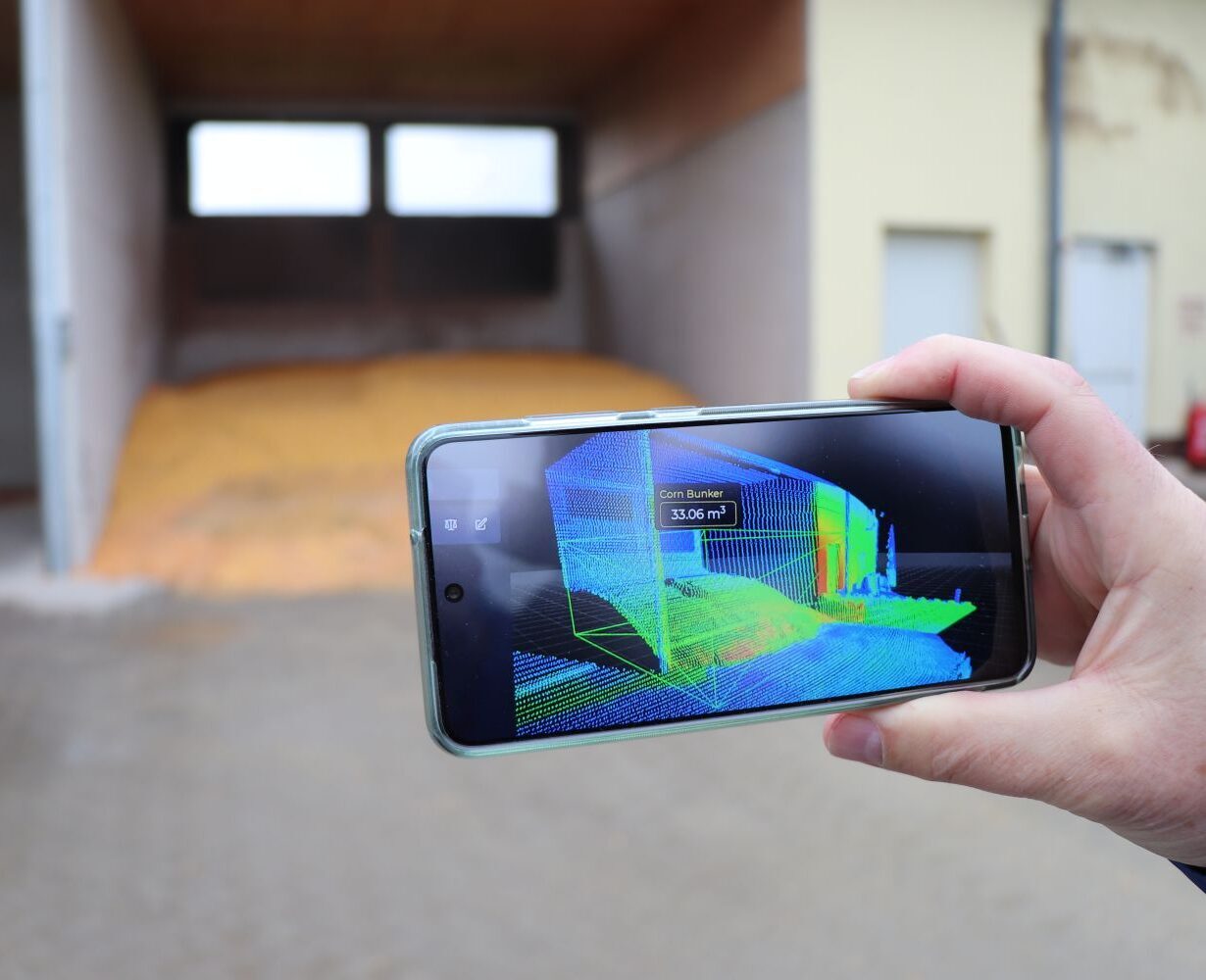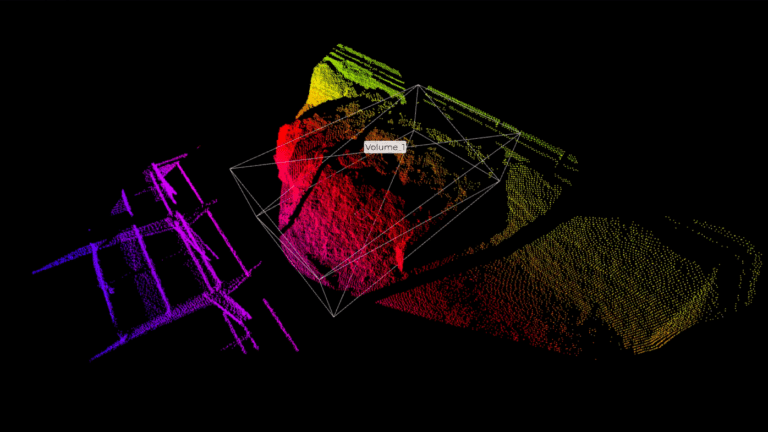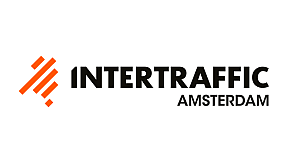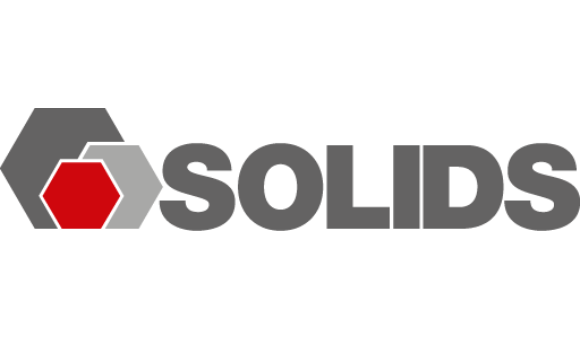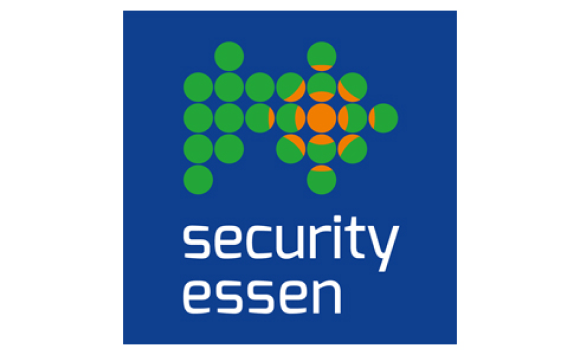Mountains of gravel on a construction site. A bunker filled with wood chips. Heaps of waste material in a recycling facility. Regardless of the industry, stockpiles—loosely stored bulk materials—are part of daily operations in numerous sectors. But one question remains consistently challenging: how much material is actually stored in a given location?
Stockpile measurement, the process of determining the volume of bulk solids, plays a critical role in material-intensive industries such as construction, wood processing, waste management, and agriculture. Reliable data on material volumes supports procurement, production planning, compliance, financial reporting, and sales. Despite its relevance, many organizations still rely on outdated or imprecise stockpile measurement methods for monitoring their stockpile volumes.
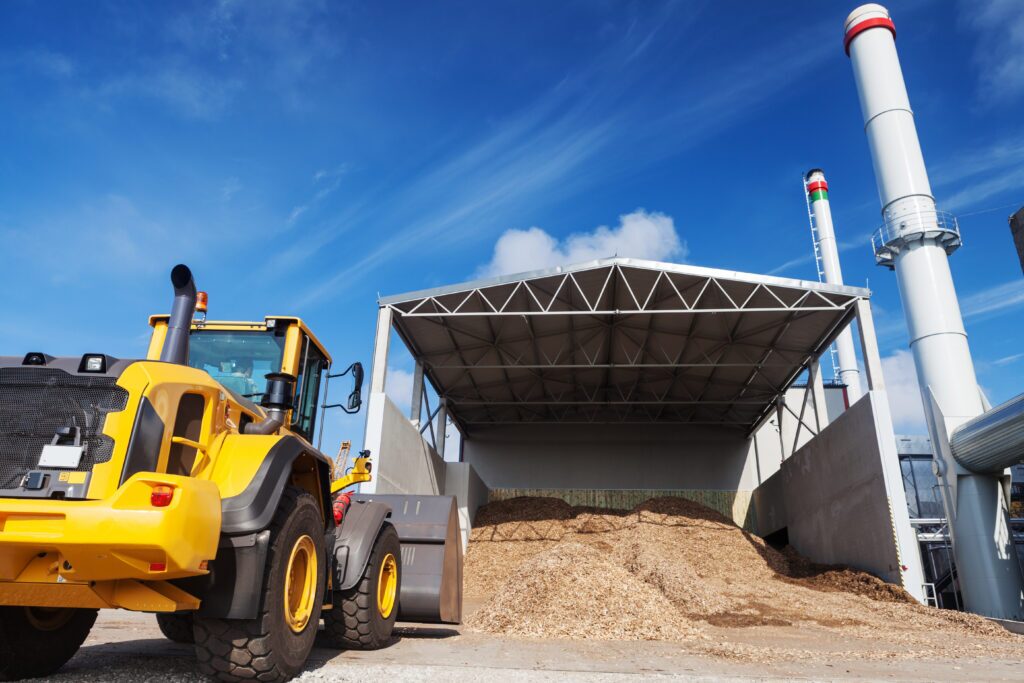
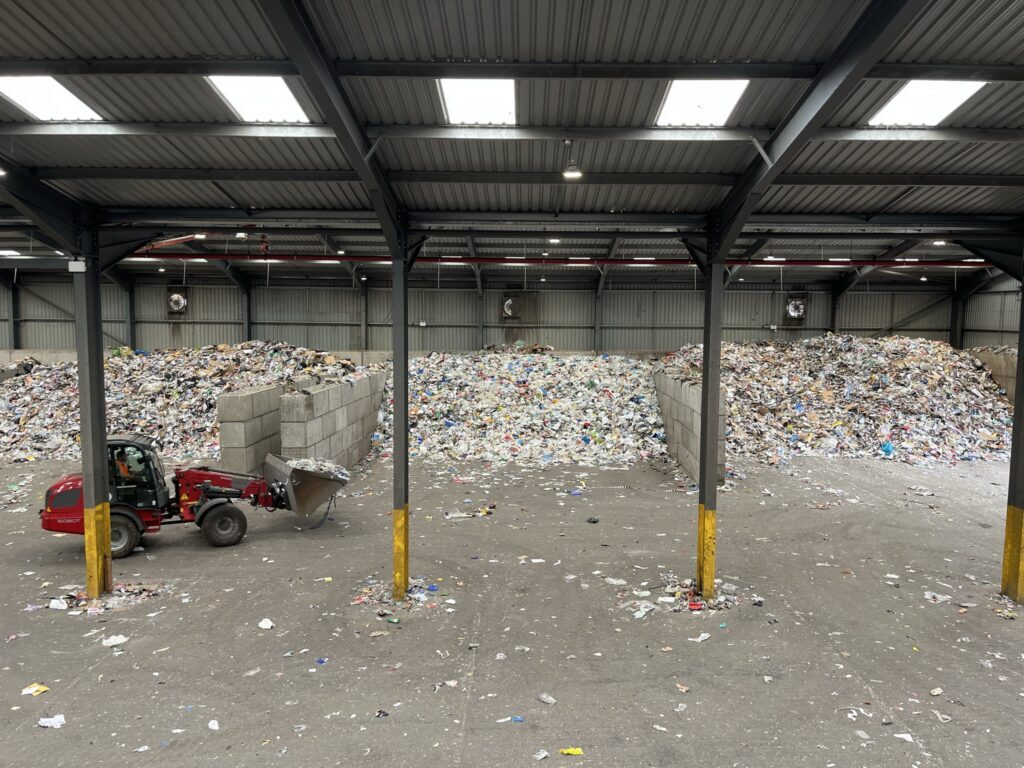
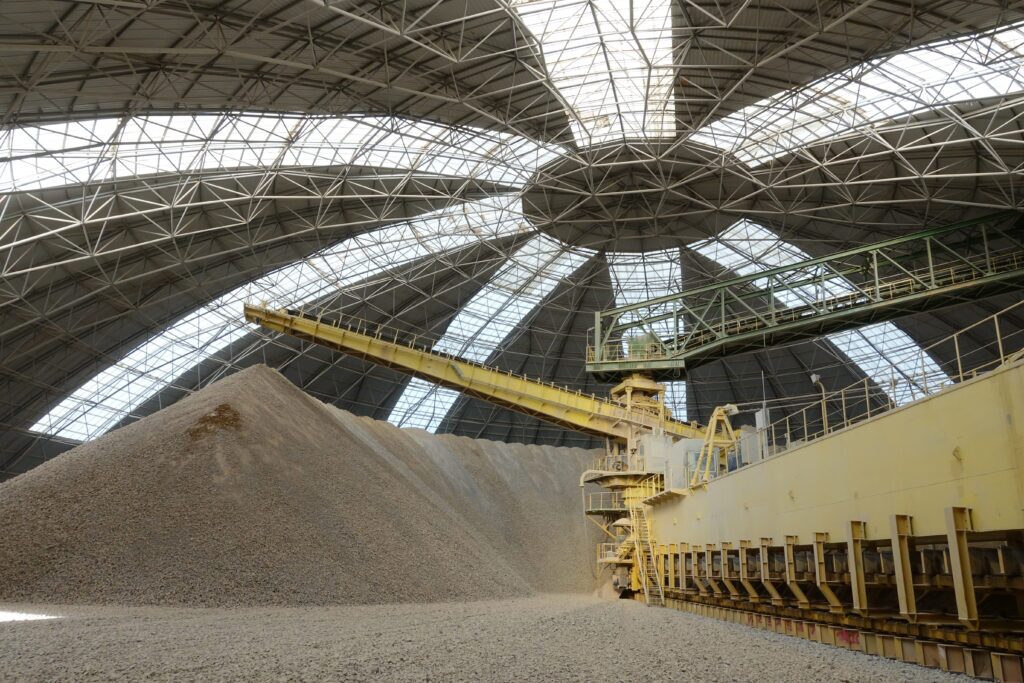
Traditional Stockpile Measurement Methods and Their Limitations
In practice, stockpile volume measurement is frequently based on manual estimations. Often, personnel on-site visually inspect the material piles once or twice daily and estimate volumes based on experience and rough judgment. While this approach may seem convenient, it is highly prone to human error.
Some companies rely on mechanical systems such as conveyor belts, wheel loaders, or weighbridges. These methods record the incremental movement of materials, but not the total volume stored at a specific time. Other organizations conduct measurements periodically—for instance, once per quarter—using drones or laser scanners, often through contractors. Although these technologies offer improved accuracy compared to manual estimation, they are associated with significant costs, delayed data availability, and limited frequency.
The common drawback of all these stockpile measurement methods is their inaccuracy and lack of real-time accessibility. Manual estimates can deviate by up to 20 to 30 percent from the actual volume. Moreover, the data is typically not available digitally, making integration into broader operational systems difficult.
Business Impact of Inaccurate Stockpile Measurement
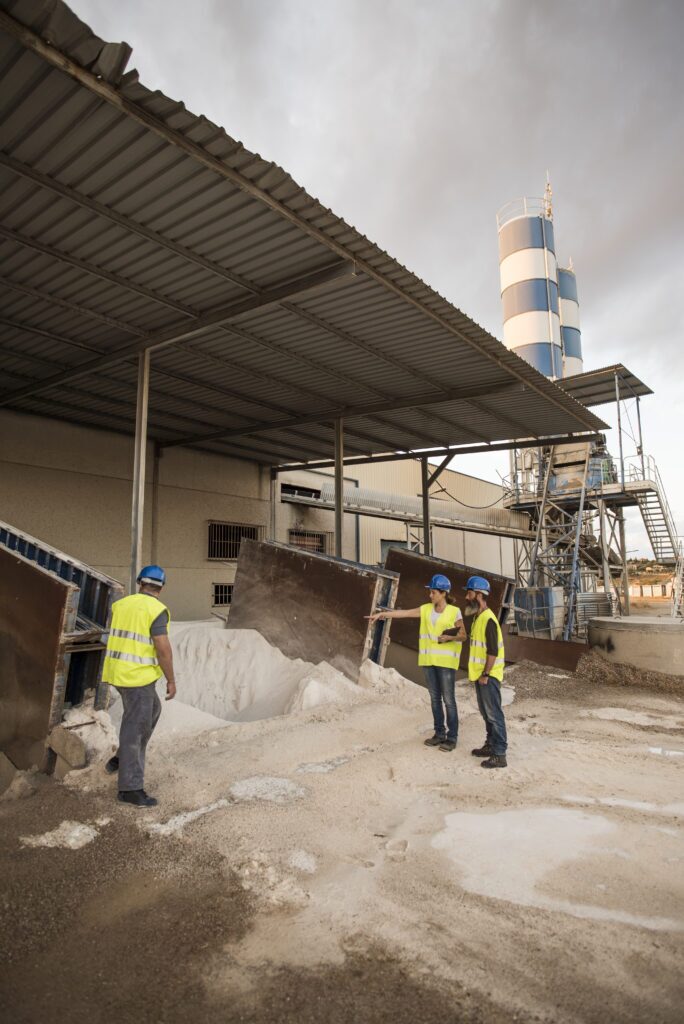
A closer look at the operational implications of inaccurate stockpile measurement reveals several critical challenges for industrial companies.
In production planning, unreliable or outdated volume data can lead to material shortages, which in turn disrupt manufacturing processes and cause costly downtime. The lack of transparency across multiple storage sites complicates the coordination of internal logistics and increases the effort required for material dispatch.
From a regulatory and safety standpoint, particularly in the handling of combustible bulk solids, companies must be able to prove compliance with legal and insurance-related volume limits. Without precise and up-to-date measurement, they risk regulatory violations, insurance claims, and liability exposure.
Accurate stockpile volume measurement is also essential for proper inventory accounting. Many organizations are required to report current stock levels in financial statements on a monthly or annual basis. Inaccurate data at this stage can lead to reporting discrepancies and audit risks.
In sales and operational decision-making, missing or uncertain stock information weakens the company’s ability to respond to market demands, limits trading flexibility, and results in delayed or inefficient order fulfillment.
A Modern Solution: LiDAR-Based Stockpile Measurement
Given the shortcomings of traditional stockpile measurement methods—including low accuracy, infrequent data collection, high manual effort, and limited digital integration—many companies are now turning to more advanced technologies such as LiDAR. LiDAR (Light Detection and Ranging) is a technology that uses laser pulses to generate high-resolution three-dimensional representations of surfaces. Solutions like the Blickfeld QbVolume LiDAR sensor combine precise laser scanning with advanced perception software to deliver highly reliable stockpile measurements.
The data captured by the sensors is processed by specialized perception software. This software calculates the exact volume within defined measurement zones, translating the 3D data into actionable insights. Companies can then use this information for material control, planning, compliance, and financial reporting—without manual input or estimation.
The core advantage of this technology lies in its ability to provide continuous, automated, and highly accurate volume data. LiDAR stockpile measurement systems operate in real time, delivering volume figures with up to 99% accuracy. These systems can be integrated directly into enterprise resource planning (ERP) environments, allowing for seamless digital workflows.
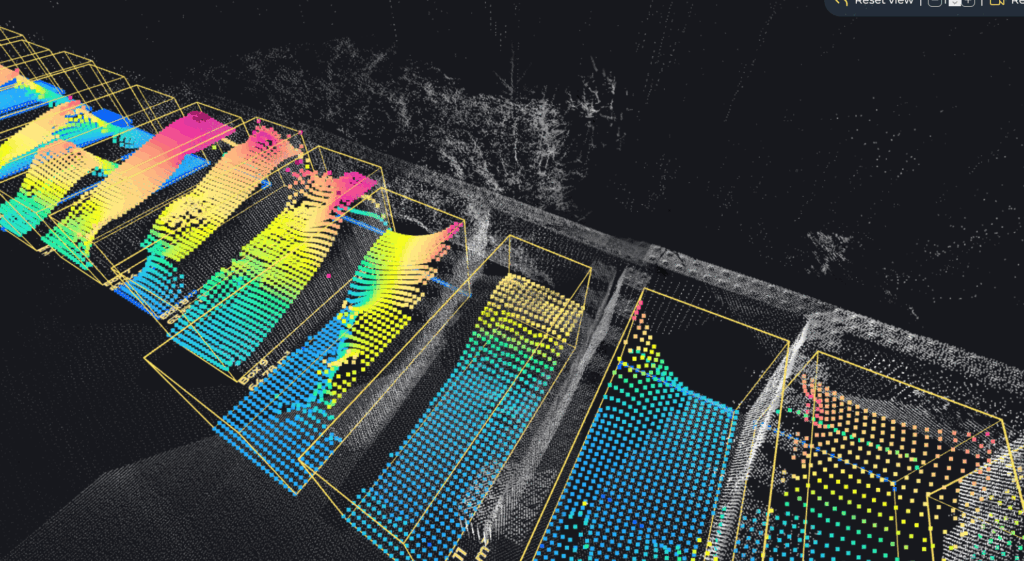
Real-World Applications Across Industries
Numerous organizations across various sectors are already leveraging LiDAR-based stockpile volume measurement to enhance their operations.
In the waste management industry, for example, one company operated an incineration plant where stockpile data was previously recorded through weighbridges and manual measurements using a grabber system. These manual efforts were time-consuming and often inaccurate, particularly during weekends or holidays when no data was collected. As a result, the company struggled to reliably estimate the energy content of the waste and frequently missed opportunities to optimize bunker usage.
By implementing QbVolume LiDAR sensors, the company now monitors bunker fill levels continuously and in real time, improving the transparency of material availability. This has led to more stable plant operations, optimized waste delivery schedules, and improved reporting for regulatory and internal use.
A fertilizer manufacturer operating multiple sites measured its stockpiles only once per year, using an external service. The process required emptying and refilling storage bunkers, which was both resource-intensive and disruptive. Throughout the rest of the year, site personnel had to rely on manual estimations, and sales staff had to make multiple calls to verify stock availability before fulfilling orders. This lack of transparency resulted in unnecessary storage costs, overproduction, and occasional delivery delays.
Today, with real-time bulk material measurement via QbVolume, the company has achieved full visibility of inventory across all facilities. Sales teams now have immediate access to accurate volume data, enabling faster response times and more efficient logistics planning. Capital is no longer tied up in excessive stock, and customer service has improved significantly.
In the cement industry, one customer was required to pay CO2 compensation fees based on the volume of stored material. Volume assessments were performed manually by several departments, resulting in discrepancies and overpayments. Through the implementation of a LiDAR-based stockpile measurement system, the company can now capture data continuously and reduce audit costs while improving control over site-specific emissions and inventory levels.
Implementation in Five Structured Steps
Introducing Blickfeld’s solution for LiDAR-based stockpile measurement into an industrial environment typically follows a structured five-step process:
- Assessment of (operational) Needs: The first step involves identifying what material needs to be measured, at which locations, and how frequently. This includes clarifying relevant KPIs and operational requirements.
- Sensor Simulation: Based on the defined requirements, a simulation of the sensor layout is created. This allows for visualizing the optimal sensor positions and ensuring full coverage of the stockpile areas. (Read more about the sensor simulation)
- System Planning: The next phase includes detailed planning of the installation, including infrastructure requirements, cabling, and the integration of hardware and software components.
- Installation and Configuration: After the physical installation of the QbVolume sensors, the system is configured via software. This involves defining measurement zones within the point cloud and calibrating the system to match the operational environment.
- Handover and Optimization: After successful installation and configuration, the system is handed over to the customer. Ongoing support ensures that adjustments can be made as needs evolve, and that the system continues to deliver accurate and valuable data.
Conclusion: A Data-Driven Future for Material Management
Modern stockpile measurement technologies such as LiDAR offer a reliable, efficient, and scalable solution to the long-standing challenges of volume monitoring. From minimizing production interruptions and compliance risks to enabling data-driven decision-making in sales, logistics, and finance, the benefits are significant.
By providing precise, real-time, and digital volume data, LiDAR-based stockpile measurement supports the transformation of traditional supply chains into agile, transparent, and cost-efficient operations. In an increasingly complex industrial landscape, knowing your exact material inventory is not just an operational advantage—it is a strategic necessity.

